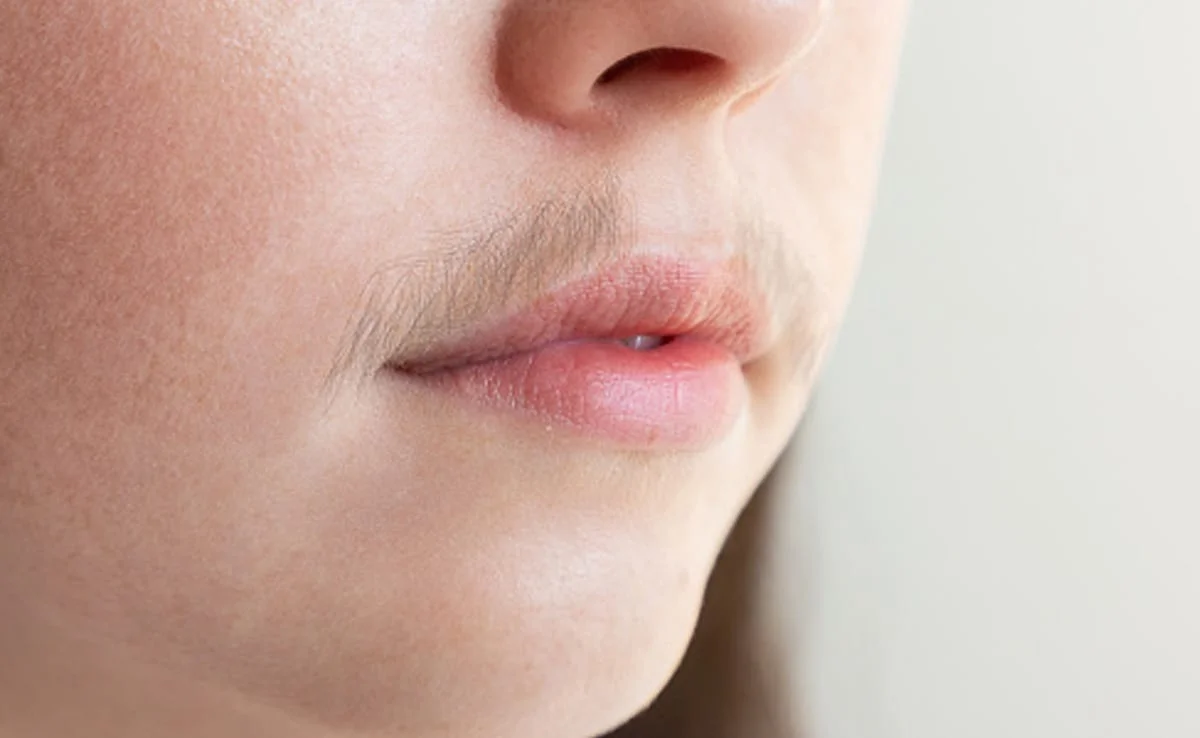Upper Lips Hair Removal :-Removing Unwanted Upper Lip Hair at Home: Say Goodbye to Salon Visits In a world where self-care is becoming increasingly important, taking care of unwanted upper lip hair is often a concern for many individuals. The constant visits to the salon can be both time-consuming and costly. However, with the right techniques and products, you can effectively remove upper lip hair in the comfort of your own home. In this article, we’ll explore various methods and tips to help you achieve smooth, hair-free lips without the need for frequent salon appointments.
Understanding the Causes
Before we delve into the removal methods, it’s essential to understand why some individuals have more noticeable upper lip hair than others. Genetics, hormonal changes, and even certain medications can contribute to the growth of unwanted facial hair. By identifying the underlying causes, you can choose the most suitable method for removal.

1. Genetics and Hormones
Genetics play a significant role in determining the density and thickness of facial hair. Hormonal imbalances, such as those experienced during puberty, pregnancy, or menopause, can also lead to increased hair growth in unwanted areas.
2. Medications
Some medications, like steroids or certain contraceptives, can influence the growth of facial hair. If you suspect medication is contributing to your issue, consult with your healthcare provider for alternative options.
Home Remedies for Upper Lip Hair Removal
Now, let’s explore effective home remedies to bid farewell to those pesky upper lip hairs.
1. Waxing
Waxing is a popular and long-lasting method for upper lip hair removal. You can either opt for ready-made wax strips or make your own wax at home using sugar, lemon, and water. Ensure your skin is clean and dry before applying the wax, and always follow the instructions on the product for the best results.
2. Tweezing
Tweezing is a precise method that allows you to target individual hairs. It’s ideal for maintaining a hair-free upper lip between waxing sessions. Be sure to disinfect your tweezers and the area around your lips to prevent infections.
3. Threading
Threading is a technique where cotton thread is used to trap and remove hair. While it may require some practice, it provides precise results and can be done at home or by a professional.
Natural Remedies
1. Turmeric and Milk
Turmeric and milk paste is an age-old remedy known for its hair-lightening and removal properties. Mix a pinch of turmeric with milk to create a paste, apply it to your upper lip, and wash it off after it dries.
2. Papaya
Papaya contains enzymes that help break down hair follicles. Apply mashed papaya to your upper lip, leave it on for 15 minutes, and rinse with warm water.
Precautions and Tips
To ensure a successful and pain-free home hair removal experience, keep these tips in mind:
1. Exfoliate
Regularly exfoliate your upper lip area to prevent ingrown hairs and ensure a smoother removal process.
2. Skin Sensitivity
Consider your skin type and sensitivity when choosing a removal method. Some techniques may be gentler on sensitive skin.
Conclusion
With these proven methods and tips, you can confidently bid adieu to unwanted upper lip hair in the comfort of your own home. Say goodbye to the hassle of frequent salon visits and hello to smooth, hair-free lips.
Upper Lips Hair Removal:- Quick Link
| Best Book | Click Here |
| Official Website | Click Here |
| WhatsApp Group | Click Here |
| Home Page | Click Here |
| Telegram Group | Click Here |
FAQs Upper Lips Hair Removal
1. How long does the hair stay away after waxing?
Waxing can keep upper lip hair away for up to four weeks, depending on individual hair growth.
2. Is threading painful for upper lip hair removal?
Threading may cause slight discomfort but is generally less painful than waxing.
3. Can men use these methods for upper lip hair removal?
Absolutely! These methods are not gender-specific and can be used by anyone looking to remove upper lip hair.
4. Are there any side effects to using turmeric and milk for hair removal?
Turmeric and milk are generally safe, but if you have sensitive skin, perform a patch test first to check for any adverse reactions.
5. Can I use these methods for other facial hair removal?
Yes, these methods are effective for removing other facial hair as well, such as chin hair or sideburns.


